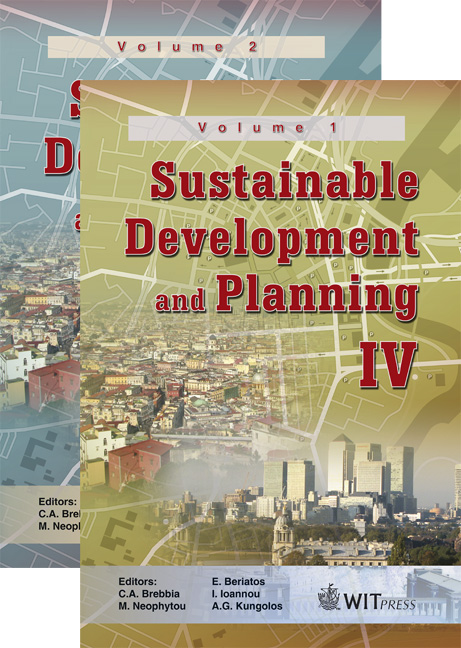Energy Saving Strategies For Technology-rich Learning Environments
Price
Free (open access)
Transaction
Volume
120
Pages
12
Page Range
1017 - 1028
Published
2009
Size
1,049 kb
Paper DOI
10.2495/SDP090962
Copyright
WIT Press
Author(s)
S. K. Elmasry
Abstract
Learning environments today are expected to host multiple technologies efficiently, to adapt to the fact that such technologies are more demanding spatially, financially and transforming educational facilities into energyconsumers. Solutions to this problem can be compensated by space design and systems’ integration, which address embedded energy loads in facility design and operation. This study addresses the role that the integrated design of learning environments plays in reducing energy consumption within the facility. The study is qualitative in nature, and based on data gathered from a sample of teachers at the Governor’s science and technology schools in the state of Virginia, U.S.A. The data sets capture problems and challenges related to occupants’ performance within the classroom when learning technologies are in use. Two sets of design strategies are identified on two levels; the facility planning and the operational levels. Both sets are communicated in the form of design patterns. If implemented during the decision making phase, these patterns potentially reduce embedded energy in the design, construction and operation processes of contemporary technology-rich educational facilities. Keywords: energy consumption, learning environments, learning technologies, performance-based design. 1 Introduction Contemporary pedagogical approaches and their current technological needs have challenged classroom design to meet students’ diverse learning styles and teachers’ pedagogical practices.
Keywords
energy consumption, learning environments, learning technologies, performance-based design.





